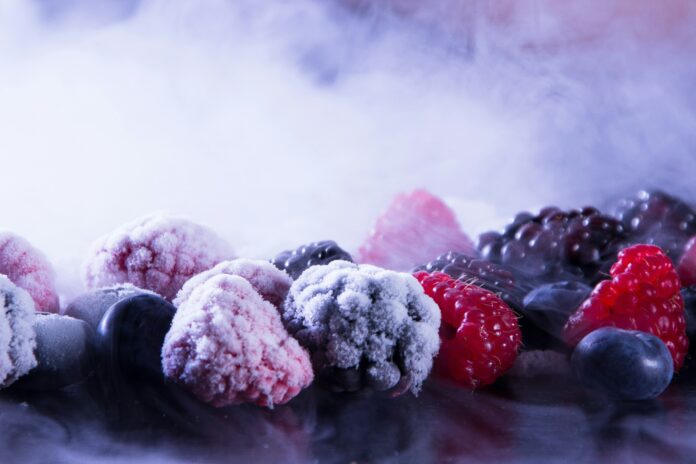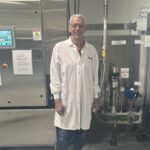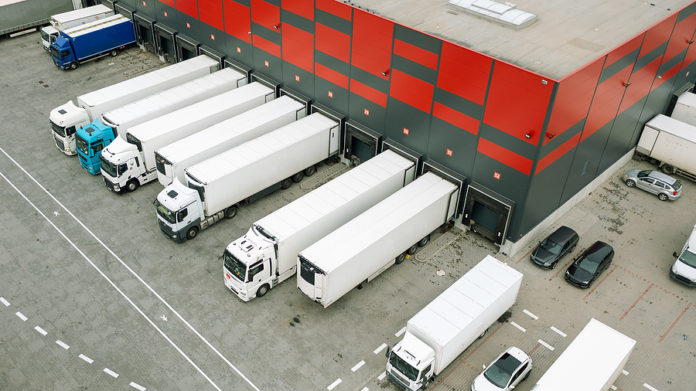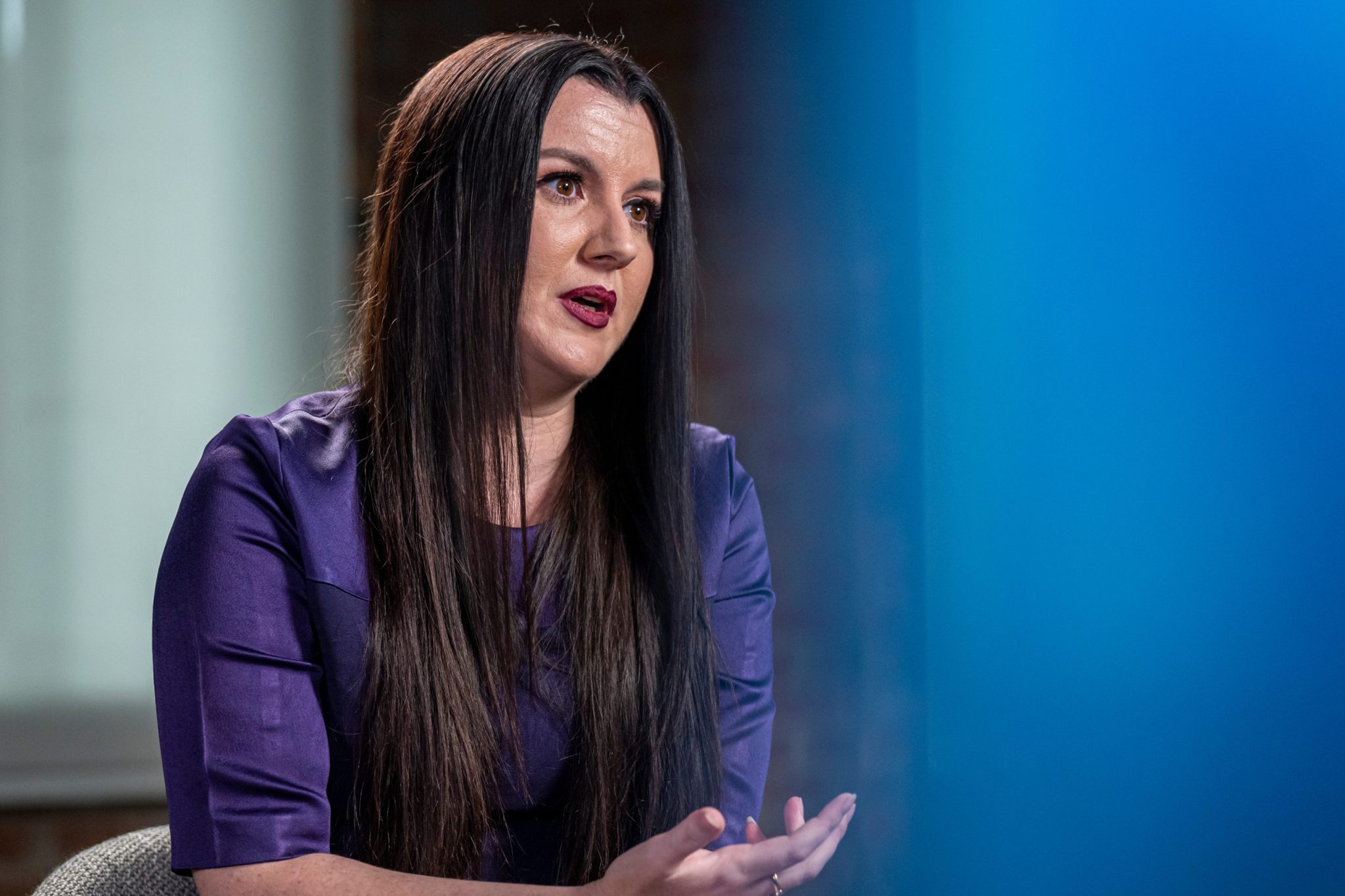
By Douglas Hoon, CTO and Co-Founder, Cometeer, Inc
Key takeaways:
- Cryogenics as food innovation: No longer just for preservation, cryogenic freezing is being used to improve flavor, texture, and nutrition while enabling clean-label products free from artificial preservatives.
- Extended shelf life and supply chain benefits: Foods frozen with liquid nitrogen can maintain optimal quality for 2–3 years, reducing waste, simplifying logistics, and supporting global distribution.
- Real-world applications and trade-offs: From vegetables and seafood to coffee, cryogenics enhances freshness and taste, though it comes with higher costs due to specialized infrastructure needs.
Once relegated to the cold backrooms of industrial storage, cryogenics is now stepping into the spotlight as one of the most promising frontiers in food innovation. Long seen as a basic preservation tool, freezing is being reimagined—not merely as a method for extending shelf life, but as a powerful enabler of flavor integrity, nutritional retention, clean label formulations, and global supply chain transformation. The future of food may very well be frozen.
From preservation to possibility
The science of cryogenics—defined as the study of materials at extremely low temperatures—has been around for more than a century. In the context of food, cryogenics refers to ultra-low-temperature freezing, often using liquid nitrogen, to preserve quality in ways traditional freezing cannot. First used to transport perishables like meat and dairy across long distances, industrial freezing has advanced dramatically since the era of ice blocks and insulated train cars. In those early days, slower freezing typically resulted in foods whose textures especially were clearly subpar as compared to fresh versions of the same. With the development of liquid nitrogen systems in the 20th century, food producers gained the ability to freeze products at speeds and temperatures that minimized cellular damage.
But only in recent years has the food industry begun to harness cryogenic freezing not just for preservation, but as a platform for quality enhancement and product innovation.
Beyond cold storage: key benefits
1. Clean label, no compromise
Cryogenic freezing enables extended shelf life without synthetic preservatives. This aligns perfectly with consumer demand for clean label products that are free from artificial ingredients and stabilizers. Because cryogenically frozen foods maintain their integrity for years, brands can reduce or eliminate additives while still meeting shelf-life and safety targets.
2. Superior taste and nutrition
The speed and precision of cryogenic freezing significantly reduce the formation of large ice crystals, which can rupture cell walls and degrade texture and flavor. By locking in moisture, volatile aromatics, and essential nutrients, cryogenically frozen products often deliver superior sensory quality—even outperforming fresh counterparts that may degrade during transportation and storage.
3. Extended shelf life
Cryogenically frozen foods can maintain optimal quality for two to three years, offering significant advantages in inventory control, market flexibility, and global distribution. This long shelf life is especially valuable for perishable, high-cost ingredients and for companies managing seasonal production cycles.
4. Supply chain optimization
Longer shelf life, often in the range of 2-3 years when kept frozen, virtually eliminates waste related to out-of-date products and allows for centralized production hubs that serve distributed markets. With more predictable product quality and fewer temperature-related failures, cryogenics supports just-in-time fulfillment strategies and can ease cold chain logistics across borders.
The science behind the freeze
Cryogenic freezing works by reducing temperature at extraordinary speed—often using liquid nitrogen at -321°F—which halts biological and chemical activity almost immediately. The science behind its benefits includes:
- Bacterial and enzymatic activity is arrested, preventing spoilage and microbial growth.
- Water freezes into microcrystalline structures, minimizing physical disruption to tissues and maintaining food texture.
- Chemical interactions are stopped immediately, including oxidation, pigment loss, and off-flavor formation.
Freezing speed is critical. In cellular foods like vegetables, fruits, and meats, rapid freezing limits ice crystal growth that can rupture cell walls. In non-cellular matrices such as sauces or purees, fast freezing ensures even solidification and prevents ingredient separation. Whether it’s a steak or a smoothie, the faster the freeze, the more authentic the thawed product.
Real-world applications
Vegetables
When vegetables are frozen using cryogenics at the peak of ripeness—often within hours of harvest—they generally retain more nutrients, vibrant color, and fresh flavor than their conventionally frozen or even “fresh” grocery store counterparts after hours or days of transport to the grocer’s shelf. This makes them highly attractive for consumers focused on health, sustainability, and convenience.
For example, B&G Foods’ Green Giant brand uses cryogenic flash-freezing in its premium vegetable blends to lock in freshness without added sodium or preservatives, while also ensuring year-round availability regardless of seasonal harvest fluctuations.
Fish
Cryogenic freezing is a game-changer for seafood. Onboard freezing systems now allow fish to be processed and frozen within minutes of catch, preserving not just safety but also the delicate texture and flavor of just-caught product.
One leading example is Norwegian salmon, which is often cryogenically frozen at sea and exported to global markets where it competes with, and sometimes surpasses, fresh fish in quality tests. This technology has allowed suppliers to stabilize pricing, reduce waste, and combat overfishing by enabling more strategic stock rotation across regions.
Coffee
One of the most striking examples of recent cryogenic innovation is a new coffee format that uses ultra-fast freezing to capture brewed coffee at its peak flavor. The result is a frozen concentrate, packaged in capsules, that can be shipped globally and yields a fresh-tasting cup within seconds—no brewing equipment required. It’s a paradigm shift that demonstrates how cryogenics can enable not just preservation, but entirely new product experiences.
Remarkably, GC-MS testing has shown that the flavor of the reconstituted beverage can surpass that of traditional fresh-brewed coffee. Why? Because flavor degradation is a time-and-temperature-dependent process. In conventional brewing, prolonged exposure to high heat—both during and after extraction while waiting for the liquid to cool to a drinkable temperature—leads to the loss of volatile aromatics and initiates chemical and enzymatic reactions that dull flavor. In contrast, cryogenically frozen coffee concentrate can be diluted with cooler water (around 170°F), producing a cup that is immediately drinkable and better preserves delicate flavor compounds.
The trade-offs: Cold comes at a cost
No technology is perfect. Cryogenics requires a dedicated frozen supply chain—which is inherently more expensive and complex than standard food distribution systems. From insulated packaging and energy-intensive storage to specialized logistics, the infrastructure costs can be substantial.
However, these added expenses must be weighed against the enhanced quality and taste experience delivered to consumers, as well as the operational efficiencies enabled by longer shelf life and centralized production. For premium brands and long-distance exporters, the return on investment can be significant.
A frozen frontier worth exploring
As the food industry faces mounting challenges around sustainability, global distribution, and clean label demand, cryogenics stands out as a scalable, science-backed solution.
No longer confined to preservation, freezing is now a platform for innovation—enhancing flavor, reducing additives, and reimagining how food is produced, delivered, and consumed.
The future is frozen. And for food brands willing to invest in the science, it’s colder, cleaner, and more flavorful than ever.
 Douglas Hoon is an accomplished engineer and innovation leader with over four decades of experience spanning advanced composites, precision options, firearms, sporting goods and coffee. As Chief Technology Officer at Cometeer, he served as the principal architect behind the company’s proprietary coffee extraction technology, an innovation recognized by TIME Magazine as one of the 200 Best Inventions of 2022.
Douglas Hoon is an accomplished engineer and innovation leader with over four decades of experience spanning advanced composites, precision options, firearms, sporting goods and coffee. As Chief Technology Officer at Cometeer, he served as the principal architect behind the company’s proprietary coffee extraction technology, an innovation recognized by TIME Magazine as one of the 200 Best Inventions of 2022.
Hoon is a graduate of the United States Military Academy at West Point and holds a Master of Science in Mechanical Engineering from MIT. He is a named inventor on more than two dozen patents and continues to push the boundaries of product and process development in the food and beverage industry.
Credit: Source link






![[Webinar] The Hidden Cost of the Wrong Tools: How Spreadsheets and Generic ERPs Drain Your Profits [Webinar] The Hidden Cost of the Wrong Tools: How Spreadsheets and Generic ERPs Drain Your Profits](https://foodindustryexecutive.com/wp-content/uploads/2025/09/ECI-The-Hidden-Cost-of-the-Wrong-Tools-How-Spreadsheets-and-Generic-ERPs-Drain-Your-Profits-150x150.png)







